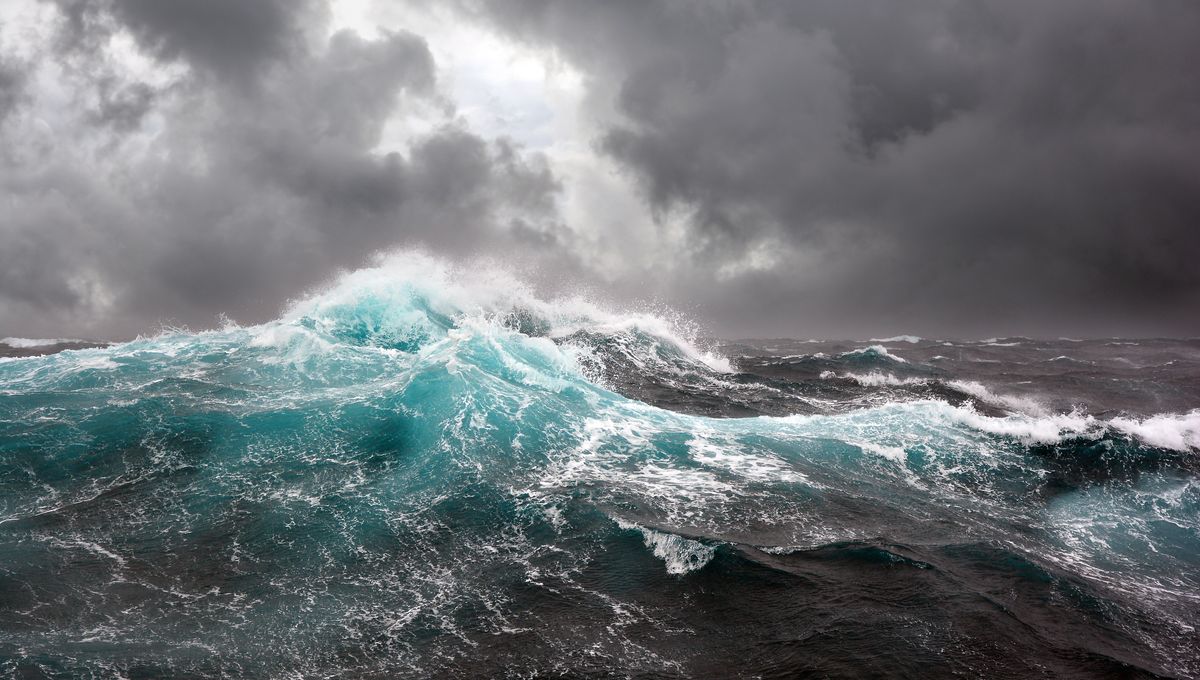
On Christmas eve, 1617, a violent storm raged off the coast of Norway. Of the 23 boats out at sea, 10 never returned, and 40 men and boys were lost with them. What followed was a wave of accusation, suspicion, and murder that lasted for 40 years and claimed 91 lives.
At the northernmost point of continental Europe sits the Norwegian county of Finnmark and within it, the coastal town of Vardø, known as the “witch capital of Norway”. Looking out across the vast Barents Sea, the weather conditions in the town are predictably treacherous, with high winds and frequent storms regularly shaking its forest-covered and mountainous landscape.
During the period of Enlightenment, scientific knowledge was scarce, and beliefs in the supernatural were commonplace. Amongst Norwegian folk law, it was believed that there was “evil in the North”, and that witches could control the weather and cause storms.
As well as the temperamental weather and dramatic landscape, Vardø was an area populated by both Christians and Indigenous Sámi populations, who lived in close proximity. Because of this, it was widely believed to be a center of sorcery and dark magic, and when the storm hit in 1617, killing a large proportion of the town’s men, suspicions fell largely on the remaining women.
That same year, the king of Denmark and Norway announced a decree, known as “The Sorcery Ordinance”, which abolished witchcraft and ordered practitioners of dark magic to be burnt at the stake.
This new law, however, wasn’t implemented in Finnmark until 1620, and so in the winter of 1621, the Vardø Witch Hunt began. In January, Mari Jørgensdatter and Else Knutsdatter were interrogated and tortured under suspicions of controlling the storm.
Else Knutsdatter confessed to taking part in the witchcraft allegedly involved with the storm. She was then sentenced to a “water test”, where she was thrown into the mid-winter sea and was seen floating on the surface. This solidified her “crimes” in the eyes of the court, and she was condemned for witchcraft.
Another woman, Ane Larsdatter, was questioned in February. She refused to speak throughout the interrogation and she too was sentenced to a water test, after which she confessed her involvement and was subsequently sentenced to death.
Mari Jørgensdatter, meanwhile, confessed under torture to having been visited by the Devil, who she said had insisted she visit Kirsti Sørensdatter. This was the first accusation of Sørensdatter as the leader of the group. Several of the interrogated women followed suit and confessed to participating in causing the storm and pointed to Sørensdatter as their “admiral”.
During Sørensdatter’s trial, she confessed to the testimony supplied by the other women, and in addition accused two men of being involved with the group. Despite the testimony from Sørensdatter and other women implicating various men, no man was ever brought to trial.
In January, Jørgensdatter was condemned to the stake. Sørensdatter was the last of the women to have witnessed the chain of events. She was executed in April 1621.
Six months after the trial began, it was over, with at least 10 women having been executed for their “involvement” in the storm. But this was just a relatively mild start in the story of Finnmark’s persecution of women and young girls throughout the 17th century.
The Steilneset Memorial, or Witches Memorial, was erected in Vardø in 2011 for the victims of the Finnmark trials. Artworks by Louise Bourgeois and Peter Zumthor feature 91 lightbulbs placed in individual windows, one for each victim.
Source Link: The 17th-Century Deadly Storm That Led To The Execution Of 91 “Witches”